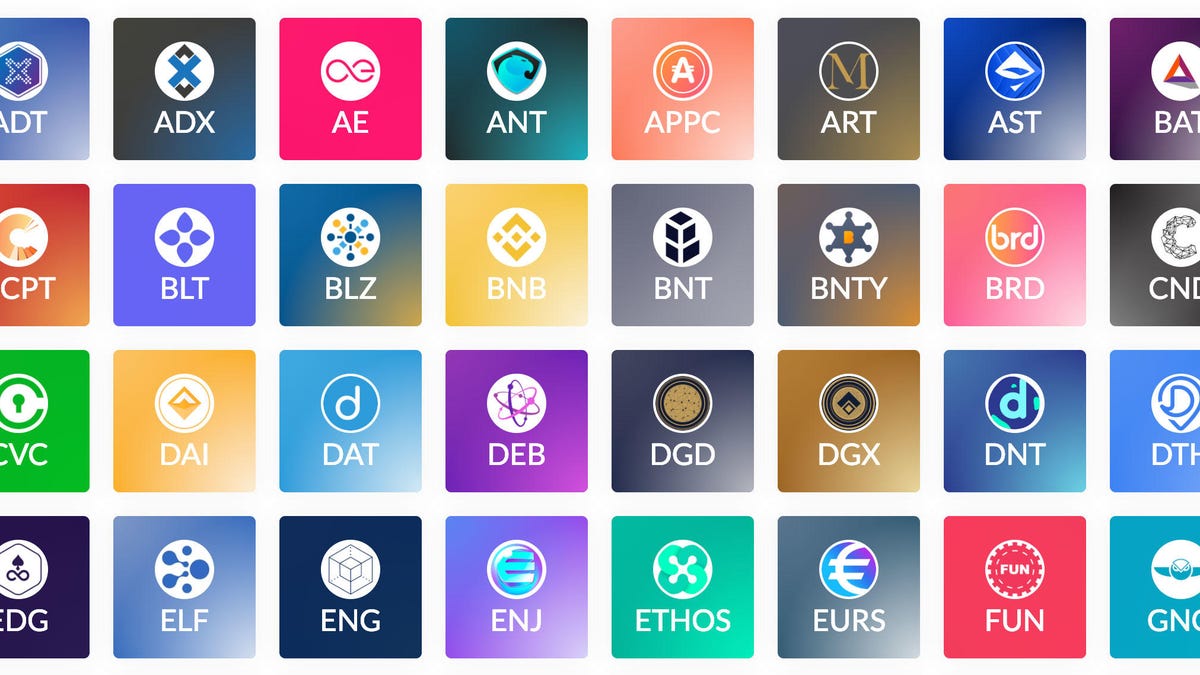Brave now can pay you 70 percent of its browser ad revenue
The startup is trying to fix privacy and performance problems that come with conventional ads.

Cryptocurrency site AirSwap has been a Brave browser ad tester. Revenue from Brave ads are shared between you and the browser startup at this phase of the technology's testing.
Brave has connected its browser ad technology to your wallet so you can get paid for seeing those ads.
The browser startup, led by former Mozilla Chief Executive Brendan Eich, blocks conventional website ads by default. But in January, it started testing ads that appear as notification pop-ups for those who activate the system. Now that test has expanded so you'll get paid if you see or click on the ads, though it's limited to the developer test version of Brave for now, Brave said Friday.
Brave sends 70 percent of the ad revenue to you and keeps 30 percent for itself, but don't expect a windfall. Eich said he expects that those who opt in should earn at least $5 a month, paid not in ordinary money but in the basic attention token (BAT), a cryptocurrency the company established. By default, the browser transfers that BAT back to website publishers, YouTubers and Twitch videogame streamers, a system designed to subsidize free online content, though you can also keep the BAT and eventually should be able to cash it out.
Brave's ads are designed to preserve privacy, with the browser itself matching ads to its own assessment of your interests without telling advertisers or website publishers anything about you other than the verification that you saw an ad. It's the polar opposite of today's online advertising technology, perhaps best exemplified by Facebook's personal data collection.
During initial testing, many of Brave's ads are for cryptocurrency companies. Brave's ad payments use the startup's BAT cryptocurrency.
The browser startup has ambitious hopes to reform the ad system so that the web isn't reduced to a collection of paywalled subscription services. But the more obvious reason people download the browser is for performance: Blocking ads significantly reduces memory bloat and saves battery life.
The ad system today works only on personal computers running Windows, MacOS and Linux, but Brave plans to expand it to Android phones and iPhones.
Brave also plans later to let publishers show ads directly on their websites. With that system, the publishers will keep 70 percent of the revenue and Brave and Brave users will each get 15 percent.

